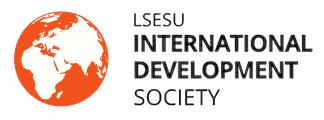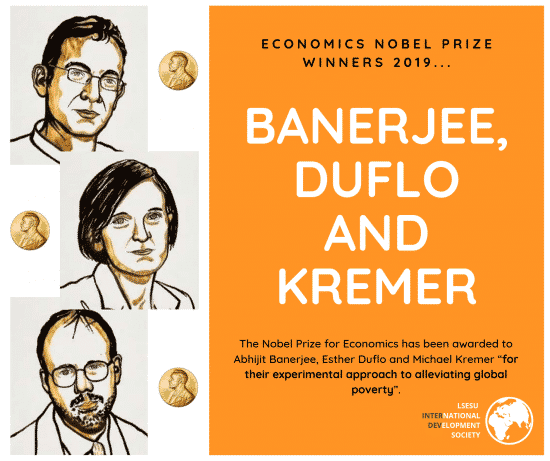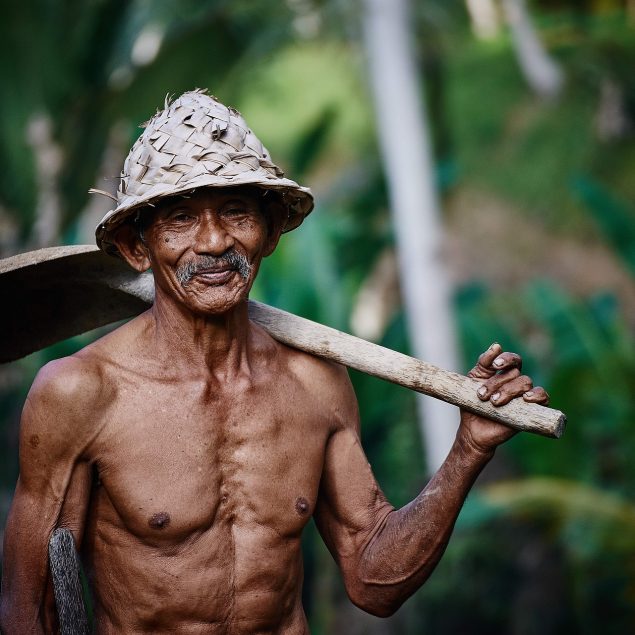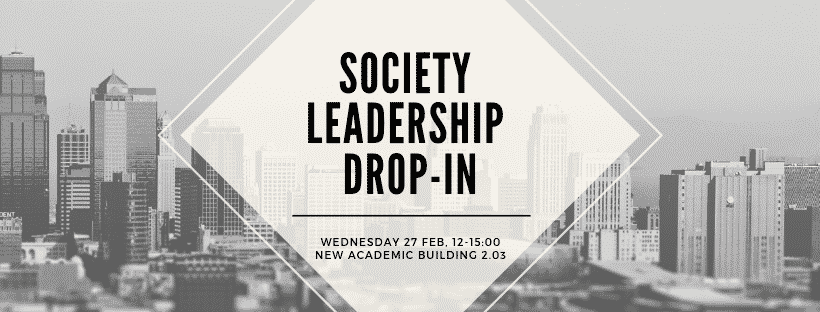Although public understanding of the damage caused by Western colonialism is gradually improving, an area which is commonly overlooked is the facilitation of art theft during this time; a topic that spurs controversy to this very day. Arguably, one of the largest thefts of African Art was during the Benin Expedition of 1897, which has served as a lightning rod for the debate regarding the restitution of African art looted during the colonial era.
Background
Benin city, currently located in Southern Nigeria and 25 Miles north of the Benin River, was once the capital city of Igodomigodo, a kingdom ruled by the Ogiso dynasty. Through trade with allies, as well as military conquests, Benin became one of the mightiest and most prosperous kingdoms within the West African region. In particular, it was renowned in the Ancient world for its exceptional craftsmanship, with Benin artists mastering not just the famed bronze, but also the arts of ivory and mud. From at least the 16th century onwards, they created and produced various artefacts, which are now conventionally referred to as the Benin Bronzes. Cast brass plaques from Benin City at British Museum. Photo: By Joy of museums – Wikimedia commons.
Cast brass plaques from Benin City at British Museum. Photo: By Joy of museums – Wikimedia commons.
Benin fell in 1897, with a raid on the city described in the British National Archives as a ‘punitive expedition’ – a punishment for the ‘Benin Massacre’, in which the Benin King oversaw the killing of 7 British officials. In December 1896, James Phillips, a British official in the Niger Coast Protectorate, led an expedition to demand an end to the collection of customs duties from British traders. Unbeknownst to Phillips, some Itsekiri chiefs had warned the king, Oba Ovoramwen, of Phillips’ intention to visit Benin. On the 4th of January 1897, the Benin forces caught Phillips and his men unprepared in a forest in a village near Ughoton. They persuaded Phillips not to further his journey to Benin because of the ongoing religious Igue festival which did not allow the king to welcome any visitors. Phillips, ignoring these warnings, was subsequently killed alongside his troops, with only two British officials surviving.
The Raid on Benin
Upon hearing the news, Britain responded to these attacks immediately, mounting an expedition to capture Benin. On February 17th 1897, Admiral Harry Rawson led approximately 1200 troops to invade the city and burn it to the ground. Consequently, the city of Benin lost its independence, its sovereignty, and its control of trade. The king (Oba) was captured and exiled to Calabar until his death in 1914, and a number of Benin chiefs were executed. This brutal colonial episode marked the end of the Kingdom of Benin, which went on to stay under British rule until 1960.
After Benin was successfully laid in ruins, the city was looted, with the British confiscating all the royal treasures, seizing more than 3000 artworks and religious artefacts. This included a range of objects removed from shrines as well as over 900 brass plaques. These plaques had previously decorated the palace walls and were key historic records for the Benin Court and kingdom, providing insights into the historic practices and traditions of Benin. As the British forces returned to their homeland, some of the Benin bronzes were given to individual officers, but the majority were taken to auction in London to pay for the cost of the expedition. These objects made their way into museums and private collections across the globe, with a notable amount being transferred by the Foreign Office to the British Museum (which still holds around 900 artefacts). Others have since been sold to foreign museums in countries as far as Germany and America.
The debate on repatriation
The Benin Bronzes revolutionised African Art within Europe. The artefacts provided an aesthetically rich record of life within the Benin Kingdom, depicting the evolution of the dynasty. However, they were also stolen.
For years, the British museum has faced calls for the looted goods to be returned to Africa, with the Benin Royal Family requesting the property to be restored to them at the start of the millennium. It would be incorrect to state that there have not been actions to make reparations for the events of the Benin expedition; in fact, the long and ongoing fight to restore the looted goods has seen some marked successes. In 2014, a grandson of a British soldier on the Expedition returned two inherited items to the Benin Royal family, whilst in 2017, University of Cambridge students removed a cockerel statue, one of the looted artefacts from the expedition, from the hall of Jesus College, which was followed by protests against the celebration of colonialism. This led to the Jesus College SU declaring that the sculpture will be returned. The country of France has agreed to return 26 artefacts to Benin by 2021 and, most strikingly, the British Museum has agreed to loan back some of the bronzes to Nigeria. However, are these actions enough to atone for these goods being taken for over 120 years?
Some argue that the stolen art should be kept in museums and used to educate the West on the consequences of colonialism. There are also many difficulties with the actual practice of repatriation, including endless bureaucracy, diplomatic miscommunication, and lack of funding. Even if museums comply and want to return looted art, this is made difficult by the pressure imposed on them by the government. A letter sent last month by Oliver Dowden, the government’s cultural sector, to publicly-funded museums, implied that the government would cut financial support for institutions that chose to remove statues or other artefacts deemed to be culturally insensitive. With funding already tight, museums are simply unable to take action on the requests of the public by returning the goods.
According to a 2018 report commissioned by Emmanuel Macron, 90 to 95 percent of Africa’s artefacts are held outside the continent. The loss of art from the area, as a direct result of colonialism, has led to many Nigerians being unable to see the Bronzes, a crucial part of their collective historical identity. Additionally, African countries are unable to benefit from the revenue and tourism that could be generated by owning the art. However, the bottom line remains, that the possession of artwork taken under the conditions of spoil of war, looting, imperialism, and colonialism is frankly unethical. Returning African objects is not only vital to compensate for Britain’s past wrong-doings, but also to give Africans the rightful opportunities to control their own heritage and culture.
For those interested in learning more about Benin Bronzes, a book ‘The Benin Bronzes, Colonial Violence and Cultural Restitution. The Brutish Museums’ is set to be released next month, by Dan Hicks, a Professor of Archaeology at the University of Oxford and curator at the Pitt Rivers Museum. The book aims to shed a deeper light onto the story of Benin and calls for Western museums to return these objects, as part of the widespread movement to address the outstanding debt of colonialism.

 Germany’s Kaiser Wilhelm II meeting Ethiopians standing behind a wooden fence in Hamburg, Germany (1909
Germany’s Kaiser Wilhelm II meeting Ethiopians standing behind a wooden fence in Hamburg, Germany (1909 Ota Benga at the Bronx Zoo in 1906
Ota Benga at the Bronx Zoo in 1906 Brussels World Fair (1958)
Brussels World Fair (1958)  (Courtesy of NYC Municipal Archives)
(Courtesy of NYC Municipal Archives) (Courtesy of MYC Municipal Archives)
(Courtesy of MYC Municipal Archives)





 worker from Pakistan, an academic and a current PhD candidate in the LSE Gender Studies department. She sits down with Frances from InterDev to talk women’s political organising, neoliberal capitalism and the development sector.
worker from Pakistan, an academic and a current PhD candidate in the LSE Gender Studies department. She sits down with Frances from InterDev to talk women’s political organising, neoliberal capitalism and the development sector.

